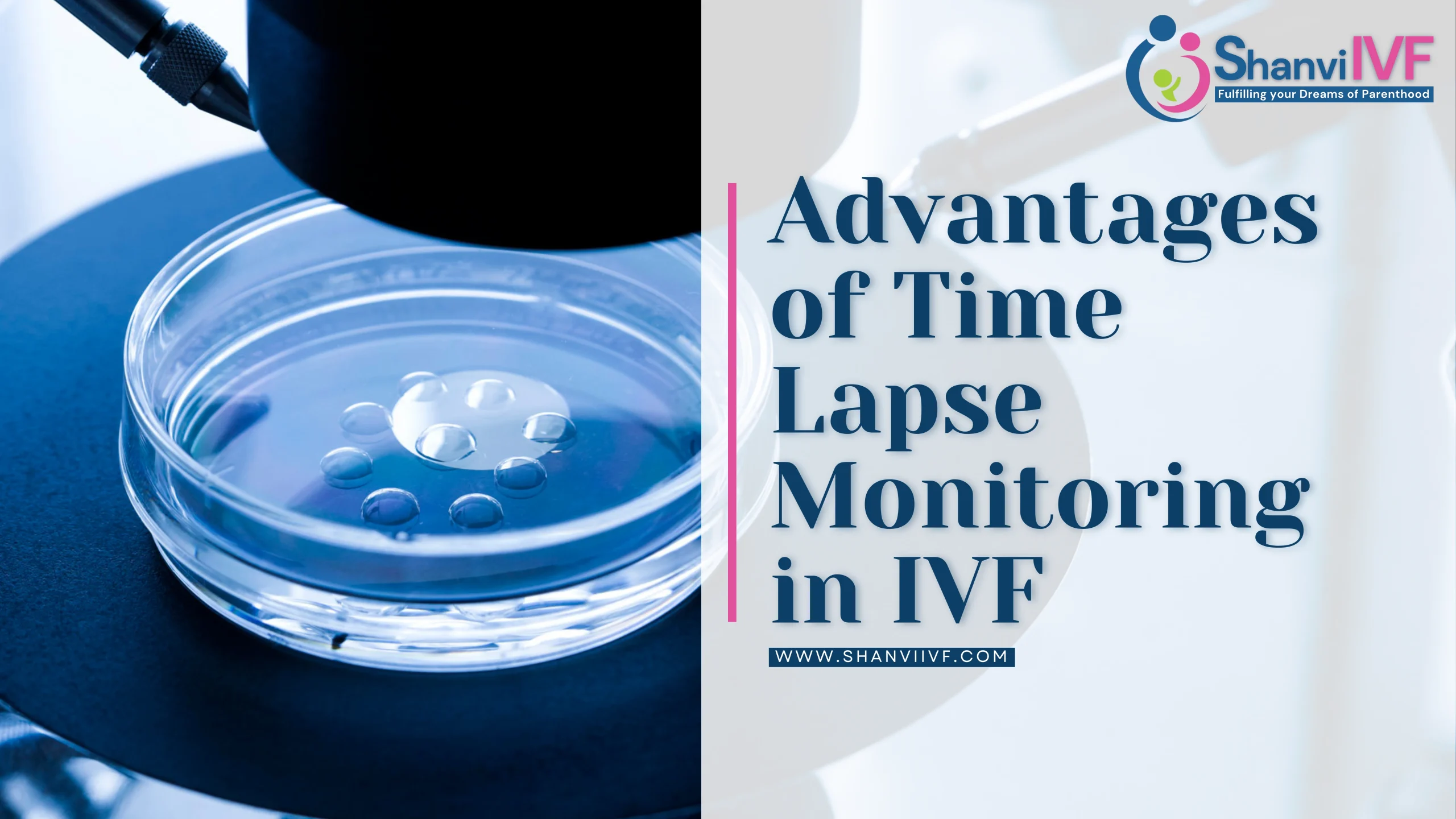
IVF, also known as In Vitro Fertilization, is a popular approved reproductive technology that involves fertilizing an egg with sperm outside the body. Therefore, transferring the resulting embryo to the uterus.
Time-lapse technology, a relatively new addition to the IVF procedure, can improve the chances of a successful pregnancy, as it allows embryologists to assess the embryos in detail and at frequent intervals, thereby, recording every bit of the changes.
This blog will discover what time-lapse generation is, how it works, its advantages, and its limitations in the context of IVF treatment and IVF centres.
Details about Time-Lapse Technology in IVF-
Time-lapse technology is a non-invasive technique involving pictures of developing embryos regularly. It is done using a camera installed in the incubator where the embryos are cultured during the IVF procedure. It is done more closely and accurately compared to traditional methods.
In traditional IVF procedures, embryologists check the embryos at certain time intervals, usually once a day. However, using time-lapse technology, pictures of the embryos are captured every 20 minutes, depending on the incubator type.
Advantages of Time-Lapse Technology in IVF:
- Better selection of high-quality embryos: Embryologists at the IVF centre can better examine embryo development and determine which embryos are more likely to develop into healthy pregnancies thanks to time-lapse technology. As a result, the IVF process may have a higher success rate.
- Less stress for the embryos: Using conventional techniques, embryos are taken out of the incubator for observation once a day. The embryos may experience stress due to temperature and pH changes brought on by this. Embryos can be monitored using time-lapse technology without being removed from the incubator. This lowers the exposure of embryos and improves the chances of successful development.
- More personalized treatment: The development of embryos is monitored by embryologists. The IVF treatment is planned according to the patient’s needs resulting in increased chances of a successful pregnancy.
Conclusion
Time-lapse technology is an upcoming addition to the IVF procedure. It can enhance the embryo selection and increase the likelihood of a better implantation, and the availability of 24-hour embryologists ensures the maximum success rates for the treatment.
However, it is essential to consider the technology’s drawbacks, such as its higher cost and the absence of standardized protocols.
As with any medical procedure, speaking with your fertility professional to understand whether time-lapse technology is appropriate for your particular situation is crucial. Its not for all, its suggested for the patient with recurrent implantation failure.



